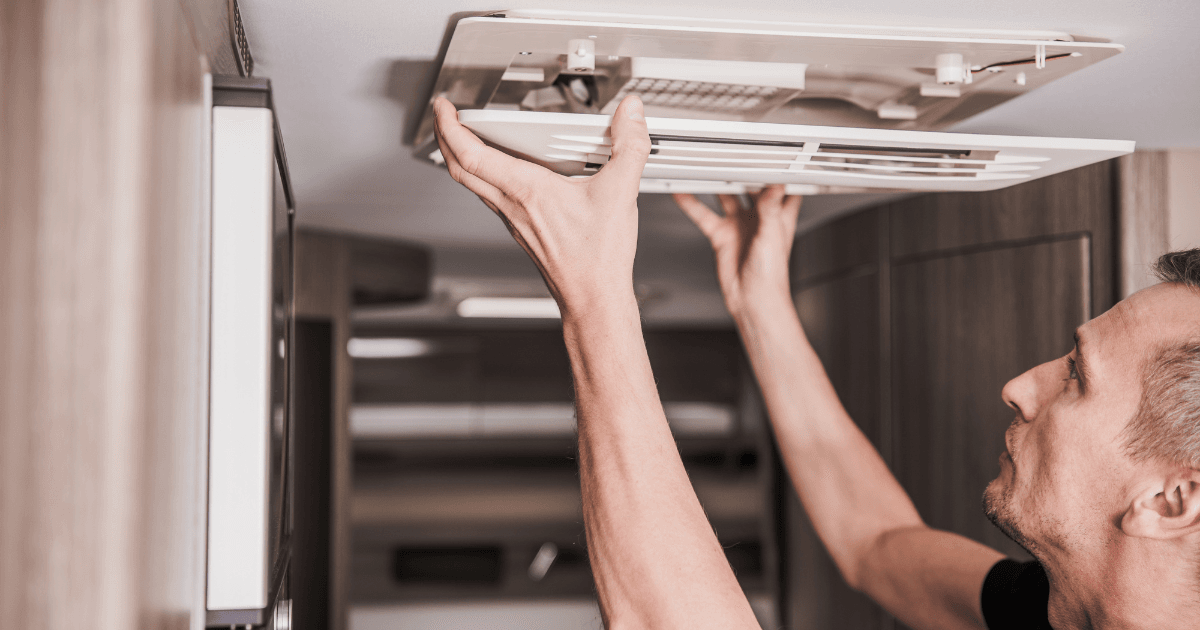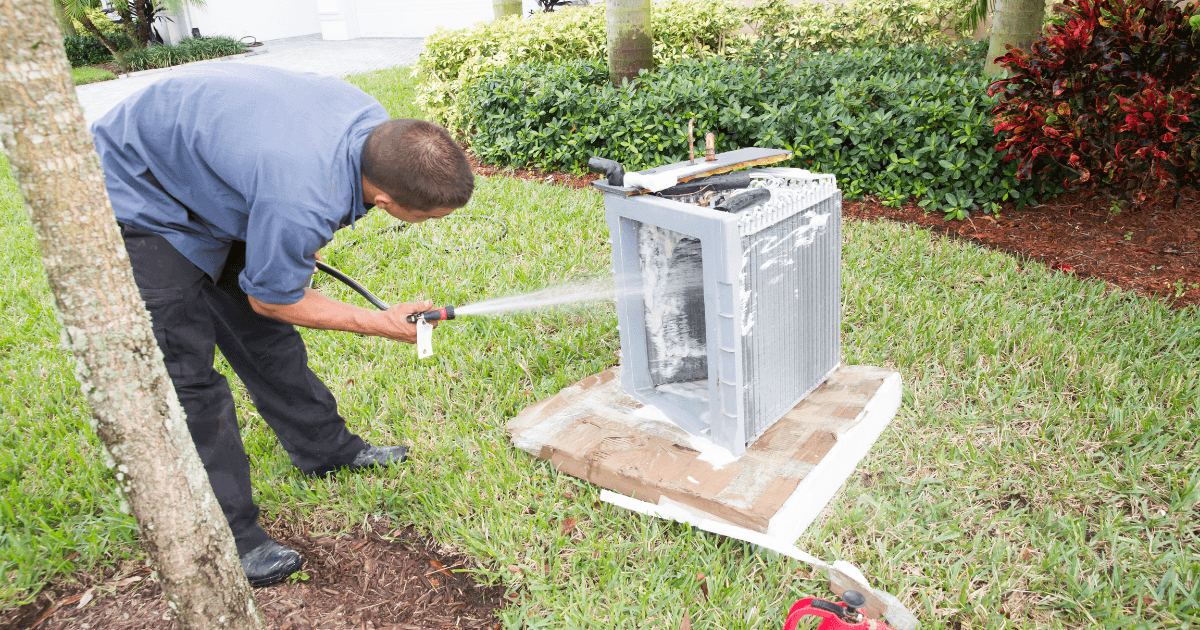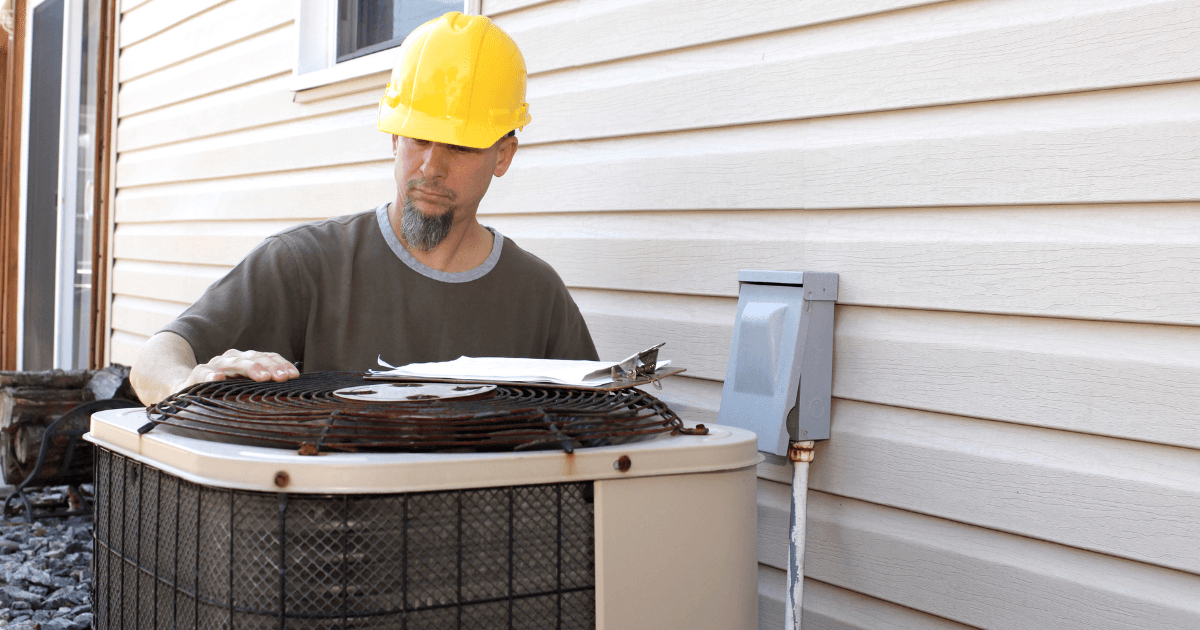Arizona is known for its extreme weather, particularly its scorching summers and unpredictable stormy seasons. The monsoon months and dust storms (haboobs) can wreak havoc on outdoor appliances, especially air conditioning units. Given Arizona’s high reliance on air conditioning systems to maintain comfortable indoor climates, ensuring that these units are adequately protected during storm season is essential. But how do we approach this issue from first principles?
In this article, we’ll dive deep into understanding the core risks posed by Arizona’s stormy weather and offer practical, research-backed solutions to safeguard your AC unit from damage. This approach will not only enhance the durability of your air conditioner but also ensure that it runs efficiently throughout the year.
I. Arizona’s Stormy Season: Core Environmental Challenges to AC Units
To understand how to protect an AC unit effectively, we need to deconstruct the environmental risks it faces during Arizona’s storm season. Arizona’s stormy weather, particularly during the summer monsoons, brings three major challenges: dust storms, heavy rains, and lightning strikes. Each of these presents unique risks that can cause damage or decrease the efficiency of the unit. Let’s break these risks down to their fundamentals:
- Dust Storms (Haboobs): Dust storms are common in Arizona and can cover large areas, bringing massive amounts of dust and debris. Dust accumulation can clog air filters, coat the condenser coils, and reduce airflow, all of which lead to poor AC performance and potential system failure.
- Monsoon Rains and Flooding: Arizona’s monsoon season brings intense rain and flash floods. Water intrusion into AC units can cause significant damage to electrical components, leading to costly repairs. Without proper drainage, units may experience water pooling, leading to rust and other forms of damage over time.
- Lightning Strikes and Power Surges: Lightning storms often accompany monsoons, and power surges resulting from strikes can damage sensitive electrical components within the AC system. This can render the unit inoperable or significantly shorten its lifespan.
II. Dust Storm Protection: Minimizing the Impact of Debris on Your AC
Understanding the impact of dust storms requires us to think about how air conditioning systems are fundamentally built: they rely on airflow and heat exchange. Dust disrupts both processes by clogging filters, reducing the efficiency of heat dissipation, and leading to system overheating. Here’s how to approach dust protection from the ground up:
1. Installing AC Unit Covers
AC covers offer the first layer of defense against dust storms. While some may argue that covering a unit might trap moisture, modern AC covers are designed to allow proper ventilation while keeping out debris. Using covers during an active storm, especially haboobs, can prevent dust from coating the system’s internal components, thereby reducing maintenance needs. However, it’s crucial to remove the cover after the storm to ensure airflow once the AC is back in operation.
2. Cleaning Filters and Coils After a Dust Storm
Even with a cover, dust can infiltrate various parts of the unit. Once a storm passes, it’s essential to inspect and clean the air filters and coils. Regular filter cleaning prevents clogs that reduce efficiency and overwork the system. If dust settles on the evaporator or condenser coils, it can act as an insulator, limiting the unit’s ability to transfer heat effectively. A coil cleaner or professional cleaning service can restore the coils to their optimal performance.
3. Creating a Protective Barrier
Another effective solution is to create a physical barrier around the AC unit. Installing a mesh enclosure around the system helps deflect large debris and prevent dust buildup without obstructing airflow. This approach ensures the AC continues to function efficiently during a storm while reducing the amount of dust entering the system.
III. Protecting Against Water Damage: Floods and Monsoons
Water and electricity don’t mix, and while most modern AC units are designed to withstand rain, heavy monsoon rains pose more significant challenges. The combination of water and dust can lead to mud formation inside the unit, damaging electrical components and reducing system performance. How can we tackle this?
1. Elevating the Unit for Flood Protection
If your home is located in a flood-prone area, consider elevating your AC unit. Installing the unit on a raised platform or a concrete slab ensures that floodwaters cannot reach the critical components. This simple yet effective modification can prevent thousands of dollars in repair costs due to water damage.
2. Ensuring Proper Drainage
Drainage is critical for preventing water from pooling around the unit. Ensure that your AC unit is installed on a surface with a slight slope away from the house, allowing water to flow away from the unit during heavy rains. Consider installing gravel or a drainage system around the unit to enhance water flow and prevent pooling.
3. Sealing Electrical Components
The electrical components of the AC unit are the most vulnerable to water damage. Sealing exposed wires and components with a waterproof covering can help protect them from short-circuiting during heavy rain. Additionally, installing weather-resistant covers on external electrical outlets can add an extra layer of protection.
IV. Lightning and Power Surge Protection
Monsoon storms bring not only rain but also lightning, which can lead to power surges that can fry sensitive electronic components within your AC system. While power surges may seem like rare events, they can cause severe damage if they occur.
1. Installing a Surge Protector
A whole-house surge protector is one of the best investments for safeguarding your AC unit during storm season. These devices divert excess voltage from lightning strikes away from your electrical systems, including your AC, and can prevent burnout or permanent damage. Surge protectors are especially important for homes in Arizona, where storm-related power surges are a frequent risk.
2. Turning Off the AC During Severe Storms
While surge protectors can shield your unit, turning off the system during extreme lightning storms can provide an additional layer of protection. This ensures that even in the event of a power surge, your system’s circuits remain safe from excessive voltage.
V. Maintaining AC Efficiency During Storm Season
The harsh conditions of Arizona’s stormy season—dust, rain, heat—can put immense stress on AC systems. To maintain efficiency throughout the season, preventive maintenance is key.
1. Schedule Regular Inspections
Having a professional HVAC technician inspect your AC before and after the storm season ensures that any potential issues (such as loose wiring or worn-out components) are addressed early. Regular inspections can also help ensure that the unit is functioning at optimal efficiency, reducing energy bills and prolonging its lifespan.
2. Optimize Airflow
One common mistake is neglecting the area around the AC unit. Ensure that the space around the unit is clear of obstructions, such as plants, trees, or garden tools. Adequate airflow helps the unit cool efficiently, even during hot and stormy weather.
3. Replace Air Filters Frequently
During storm season, air filters can become clogged with dust and debris more quickly than usual. Replacing filters every few weeks (or as needed) helps maintain clean airflow and prevents strain on the system.
VI. Conclusion: Protect Your AC Unit for Long-Term Durability
Safeguarding your air conditioner during Arizona’s stormy season is about understanding the core environmental threats and addressing them with practical solutions. Whether it’s shielding the unit from dust storms, protecting it from floods, or preventing damage from power surges, taking proactive measures ensures that your AC unit remains reliable, efficient, and protected year-round.
By adopting these strategies, you’ll not only prevent costly repairs but also extend the lifespan of your system, ensuring that it runs optimally even during Arizona’s most extreme weather conditions.





